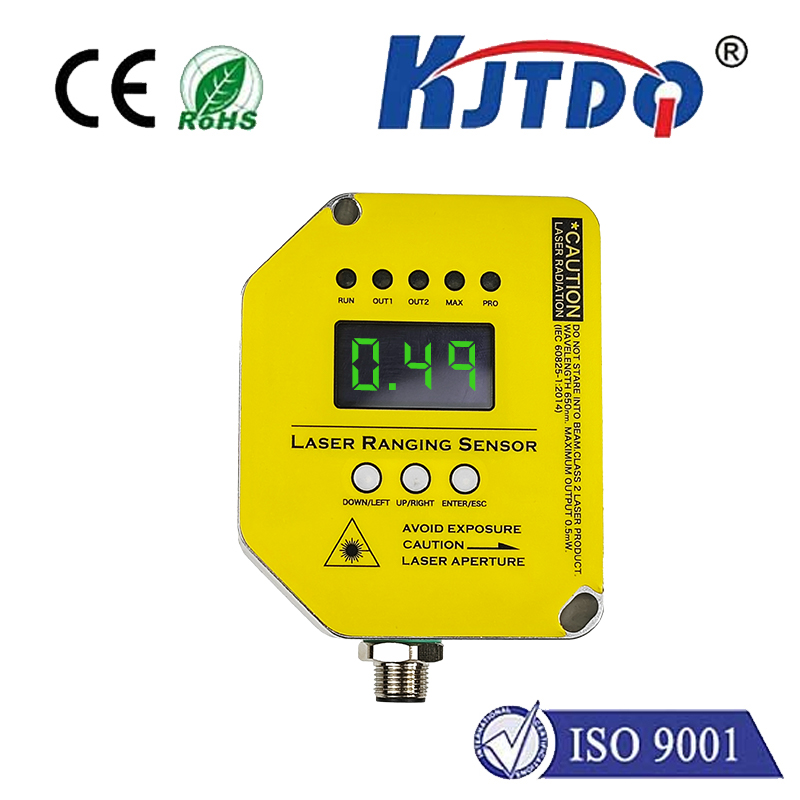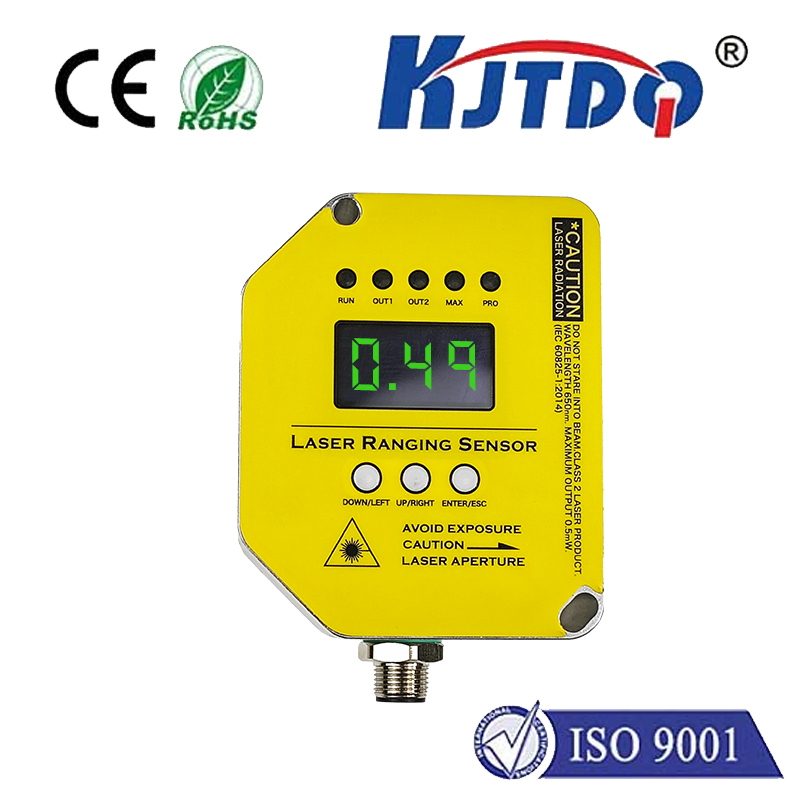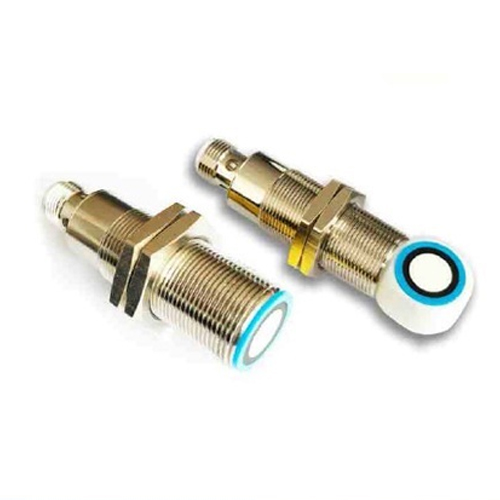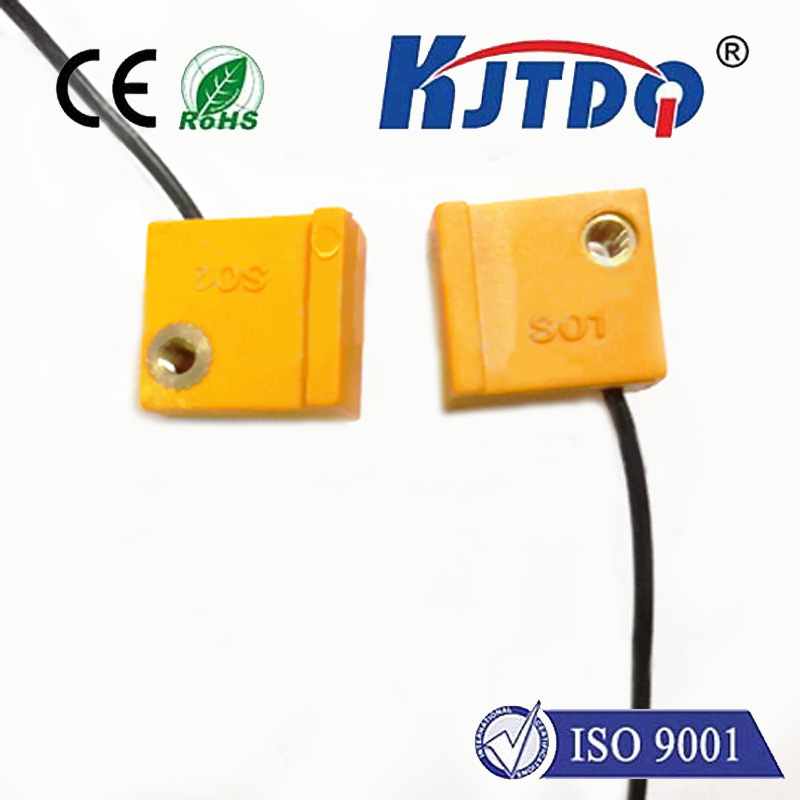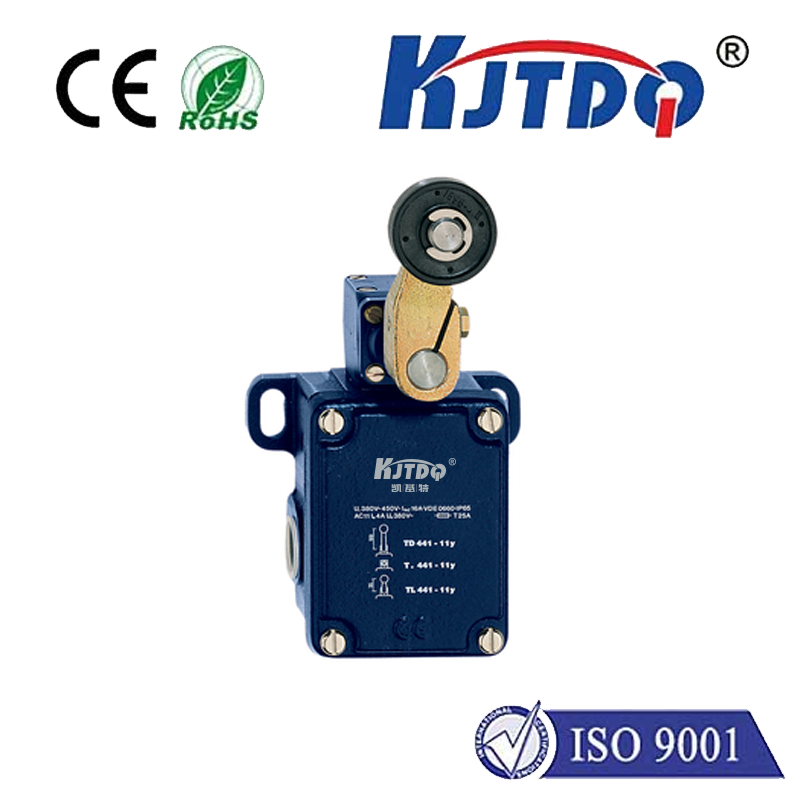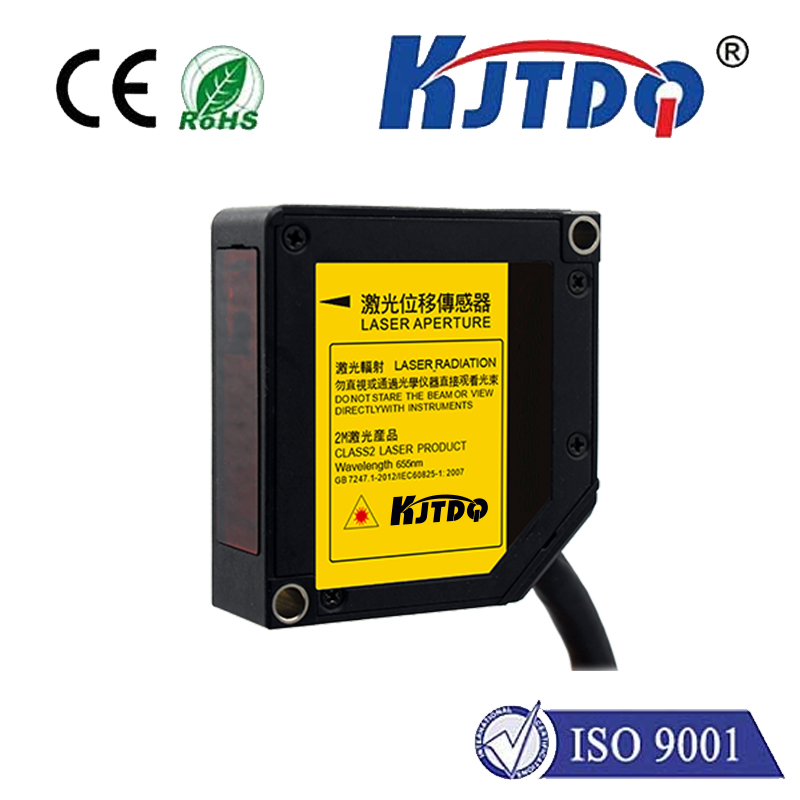optical difuse sensor photoelectric sensor
- time:2025-09-12 00:52:58
- Click:0
Beyond the Beam: Demystifying Optical Diffuse Photoelectric Sensors for Modern Automation
Introduction: The Unseen Guardians of Automation
Walk into any modern factory, warehouse, or automated processing line, and you’re surrounded by countless silent sentinels. These vital components detect, count, position, and control – often unnoticed but absolutely indispensable. Among the most versatile and widely deployed are optical diffuse photoelectric sensors, a cornerstone technology enabling reliable, non-contact object detection across countless applications. But what exactly are they, and how do they power so much of the automated world? This guide cuts through the complexity, revealing the inner workings and powerful utility of diffuse mode photoelectric sensing.
Photoelectric Sensing: The Foundation
At its core, a photoelectric sensor operates on a remarkably simple principle: light signals an object’s presence. All variants consist of two fundamental parts:
- Emitter: Generates a beam of light, typically infrared, red visible light, or laser.
- Receiver: Detects changes in the emitted light beam caused by the presence or absence of a target object.
The Diffuse Difference: Self-Contained Simplicity
Where optical diffuse sensors shine (quite literally) is in their unique operating mode. Unlike through-beam sensors (which require a separate reflector opposite the emitter/receiver unit) or retro-reflective sensors (which bounce light off a dedicated reflector), diffuse sensors are entirely self-contained. Both the emitter and the receiver are housed in a single device.

Here’s the ingenious part: the sensor relies on the diffuse reflection of its own emitted light off the target object itself. The emitter sends out a light beam. When an object enters the detection zone, light scatters off its surface. A portion of this scattered light travels back towards the sensor and is picked up by the receiver. The sensor’s electronics detect this significant increase in received light intensity compared to the background state (no object present) and trigger an output signal.
How an Optical Diffuse Photoelectric Sensor Works: Step-by-Step
- Emission: The integrated emitter (often an LED) projects a beam of light.
- Object Entry: A target object moves into the sensor’s effective detection range.
- Diffuse Reflection: Light strikes the object’s surface and scatters in many directions.
- Reception: Some of this diffusely reflected light travels back to the sensor and is detected by the integrated receiver (like a phototransistor or photodiode).
- Signal Processing: The sensor’s internal circuitry evaluates the intensity of the received light. If it exceeds a predefined threshold, the sensor interprets this as an object present.
- Output Switch: The sensor triggers its output switch (e.g., turns a digital output ON or OFF, changes state on a PNP/NPN transistor).
Key Components and Considerations
- Emitter Light Source: Infrared (IR) is most common, offering long range and insensitivity to ambient visible light. Red LED light is useful for visible beam alignment. Lasers provide very precise, long-range, small spot detection.
- Receiver Sensitivity: Critical for detecting faint diffuse reflections, especially from dark or non-reflective surfaces.
- Background Suppression (BGS): A sophisticated feature found in many modern diffuse photoelectric sensors where the sensor uses triangulation or time-of-flight principles to only detect objects within a specific, narrow distance range. This is essential for ignoring distant background objects or walls, significantly improving reliability in cluttered environments.
- Foreground Suppression (FGS): Less common, these ignore very close objects, focusing detection further out.
- Detection Range: Varies significantly based on light source (IR/LED/Laser), object color/surface finish (light/reflective vs. dark/matte), and technology (standard diffuse vs. BGS). Always refer to sensor specifications for the actual sensing distance under defined conditions.
- Light Spot Size: Lasers offer the smallest, most precise spots; LEDs have larger spots.
Where Optical Diffuse Sensors Excel: Common Applications
Their self-contained nature, simplicity of installation, and versatility make them ubiquitous:
- Object Detection on Conveyors: Detecting boxes, bottles, cans, parts for counting, sorting, or triggering actions.
- Position Verification: Confirming if a part is present in a fixture, gripper, or assembly station.
- Level Detection: Monitoring fill levels in bins or containers (often with BGS for reliable top-of-material detection).
- End-of-Travel Sensing: Detecting the presence of a moving part (like a cylinder rod) at its end position.
- Contrast Detection: Identifying labels, marks, or changes in material color/contrast (especially true for high-precision red light or laser sensors).
- Small Parts Detection: Laser diffuse sensors excel at detecting tiny components or fine features.
- Packaging Machinery: Detecting product presence for sealing, labeling, or case packing.
- Automotive Assembly: Numerous applications throughout vehicle production lines.
Advantages: The Power of Simplicity
- Easy Installation: No alignment with a separate reflector or receiver unit is needed; just point at the target area. This saves significant setup time.
- Cost-Effective: Single-unit design generally makes them less expensive than through-beam or retro-reflective setups requiring two components.
- Compact Size: Ideal for space-constrained applications.
- Versatility: Capable of detecting a vast array of object types, sizes, and materials (though performance varies).
- Non-Contact: No physical interaction with the target, preventing wear or damage to delicate objects.
Limitations & Considerations: Knowing the Boundaries
- Detection Range & Object Properties: Performance is heavily influenced by the target object’s surface color, reflectivity (aluminum vs. black rubber), texture, and size. Dark, matte, or very small objects significantly reduce the effective sensing distance compared to light, reflective ones. Always test with the actual target object.
- Background Interference: Standard diffuse sensors (without BGS) can be triggered by reflective surfaces in the background beyond the intended target. Background Suppression (BGS) technology is crucial for overcoming this limitation in critical applications.
- Environmental Factors: Dust, steam, fog, strong ambient light (especially visible light for red LED sensors), or vibration can interfere with operation. Selecting sensors with appropriate enclosures (IP ratings) and environmental resistance is vital. Infrared sensors generally handle ambient light better than visible red light sensors.
- Angular Dependence: The angle at which the sensor “views” the target affects the amount of reflected light received. Optimal detection usually occurs when the sensor axis is perpendicular to the target surface.
Conclusion: The Indispensable Workhorse
The optical diffuse photoelectric sensor is a testament to elegant engineering solving a fundamental automation need: reliable, non-contact object presence detection. Its self-contained design, operational simplicity, and inherent versatility make it a go-to solution across countless industries. While mindful of its dependence on target reflectivity and potential environmental challenges, and leveraging advanced features like Background Suppression, this sensor mode continues to be a fundamental pillar in building smarter, faster, and more efficient automated systems. Understanding its core principles – the dance of light emission, diffuse reflection, and reception within a single housing – is key to unlocking its full potential on the factory floor and beyond.






